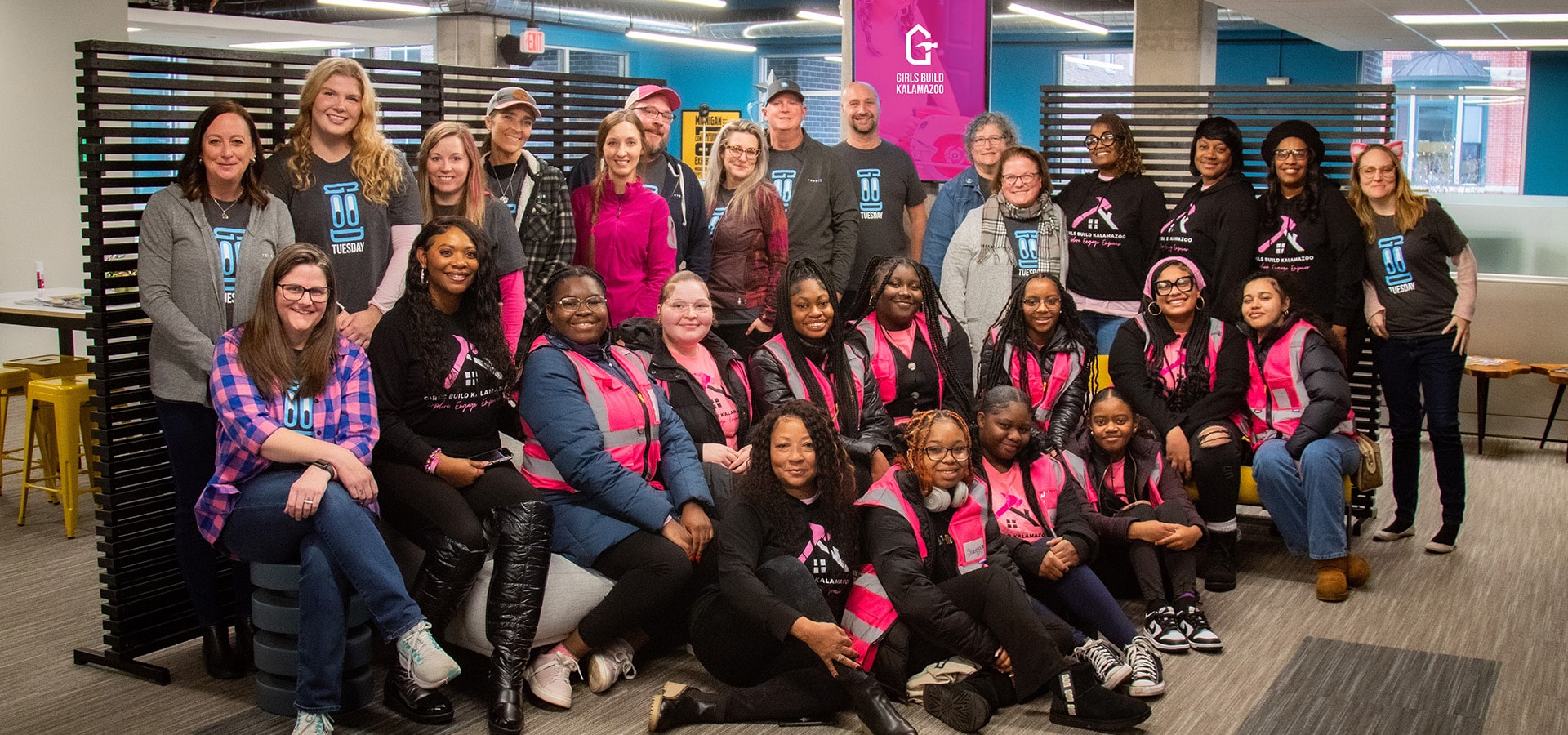Websites have a shelf life, just like everything else.
My first job was working in the bakery department at D&W, an upscale grocery store in my hometown of Muskegon. It was a great job. The people were friendly and the customers were pleasant. When I was scheduled to work, I’d hop on my red Yamaha Riva Razz moped dressed in my bakery whites and head off to the store. That’s where I learned about the importance of customer service.
One of my jobs at the bakery was to rotate the stock. We made everything from cakes to bread to cookies to donuts. We donated items that were past their shelf life to a local food pantry. Just because the item’s sell-by date had expired, that didn’t mean that the food had gone bad or was unsafe, so we found a good home for it. Every time I think about that, it reminds me of the Seinfeld episode where Elaine’s boss Mr. Lipman opens a store to sell the top of a muffin and can’t find anyone to take the “stumps.”
The bakery was in the back of the store, so shoppers would pass by as they made their rounds. During my training, my manager explained that if a customer came up and asked where something was, even if it wasn’t in our department, we were supposed to walk them to the item. My 16-year-old self thought this was overkill. Why couldn’t we just tell them the pickles were in aisle 5? This was extra challenging for me because I’d never gone grocery shopping for myself, so I didn’t know where anything was at the store. Seeing how this was my first real job, I didn’t question the directive.
I soon learned that taking the time to show a customer where a product is was one of the reasons why people paid a few more cents for a can of baked beans at D&W. That small gesture told the customer that we cared about them enough to stop what we were doing and help. That lesson has left an impression on me to this day.
It’s been a while since I’ve worn my bakery whites. One of the most common questions I’m asked nowadays as a marketer is, “When is it time to upgrade my website?”
To answer that question, here are a couple of definitions you need to know:
An update is an enhancement to the current version of a website, while an upgrade is a whole new website.
An Accenture study found that 61% of B2B transactions start online. Additionally, B2B buyers conduct approximately 12 online searches before making any purchasing decisions from a particular brand, according to Business 2 Community. Your website is your silent salesperson. You only get one chance to make a first impression, and you want it to be a good one.
Just like you can drive a car for 200,000 miles, if you get regular maintenance, a website can theoretically last 7 or 8 years, even ten years in some cases. The reality is, who wants to drive a car that’s been around the world eight times?
In my twenty-plus years of building websites, I’ve found that upgrading a site usually boils down to one of four things:
1. Styles Change
I launched my first website in the mid-90s. Back then and through the 2000s, website trends were evolving so fast that companies needed to build a new website every year or two. Styles were changing so often; who can forget designing for 15” monitors and 640-pixel width resolutions on Netscape Navigator that if you weren’t upgrading your website every couple of years, it looked dated?
Then in 2010, websites became responsive. The term responsive design was coined by Ethan Marcotte when he described using fluid grids, fluid images, and media queries to create responsive content.
Recommendation: Today, 2-3 years is a good rule of thumb for starting to plan for a website redesign due to changing aesthetics.
2. Technology Evolves
The earliest websites were hard-coded by programmers. They required extensive coding knowledge to build and update.
In the early 2000s, the content management system, or CMS, was born. Opensource.com’s “A brief history of the Content Management System” traced the roots of the CMS back to the first website in history, a site by Tim Berners-Lee in 1990 that was modeled on an internet-based hypertext system HTML, which represented just text and links.
A decade later, CMSs like WordPress emerged that included plugins and provided templates that could be used to build websites. One of the major advantages of CMSs is that sites can be managed without requiring users to have programming experience. Even now, something to keep in mind with platforms like WordPress is major upgrades usually happen two or three times a year and minor releases happen as needed. Plugins and page builders regularly get updated by the creator.
Recommendation: Again, 2-3 years is a good guideline for most small to medium-sized businesses for a complete website redo to take advantage of the latest technology.
3. New Functionality
In the early days of the World Wide Web (circa 1996-2005), simply having a website gave a company a leg up on the competition. This was the era of fax machines and Thomas Register ads. Sites served as online brochures for companies, providing product and contact information. That was pretty much it. A hit counter was considered cutting-edge functionality.
Today, design and functionality are intertwined in the user experience (UX) and created with the visitor to the site in mind. While designers are mainly concerned with the site’s look, website functionality is about how the user interacts with the site.
Modern website functionality includes everything from viewing product information, reading blogs, viewing photo galleries, watching videos, filling out forms, buying products, interacting with social media, searching the site, integrating an enterprise resource planning (ERP) system, and more.
Incorporating new functionality is a common reason for building a new website. Looking to share a weekly blog with customers, sell your products online for the first time, or tie in your inventory system are all great reasons to develop a new website. This is often the perfect time to explore a new platform to get the desired functionality.
Recommendation: As needed, depending on the functionality.
4. Rebrand
Your company just got a new logo. Now what? This is your chance to tell the world what you stand for and why you are rebranding. You need to communicate to your employees, get new signage, order new business cards, change your email signature, revise your literature, refresh your social media, packaging, and, oh yeah, update your website.
Applying a new brand to an existing website is like putting lipstick on a pig—it may work, but it ain’t pretty. HubSpot says the process of designing and deploying a professionally built website could take between five and six months. That’s true if you’re working in a vacuum and don’t have anything else to do. That being said, give yourself at least half a year lead time to build your new website before launching your new brand because, as any marketer worth their salt will tell you, there’s nothing worse than a half-assed brand launch.
Recommendation: Six months before a brand launch, minimum.
In summary, companies should consider upgrading their website every 2-3 years unless they are undergoing a rebrand or need to bring new functionality to customers online. Research backs this up. A study of 200 websites using Alexa and the Wayback Machine revealed that the average lifespan of a website is 2 years and 7 months.
To paraphrase John C. Maxwell, websites have a definite shelf life. You must act on them before their expiration date. Kinda like a jar of pickles.










